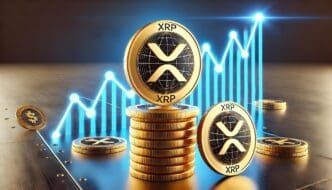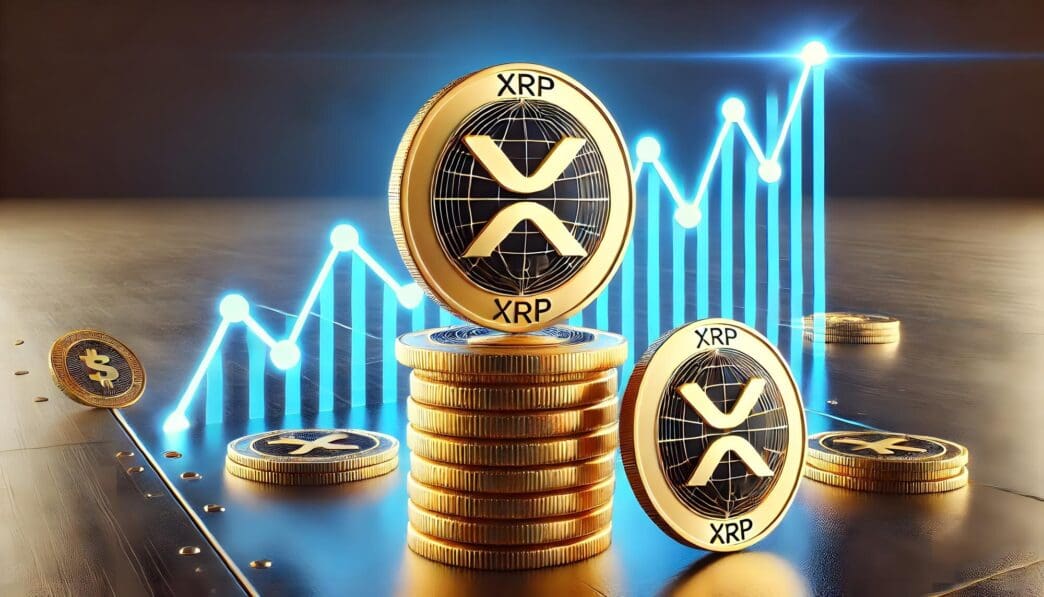Executive Summary
The Story So Far
Why This Matters
Who Thinks What?
Solana’s network is now generating an estimated $5 billion in annual transaction fees, averaging $425 million per month, a development coinciding with growing institutional interest highlighted by a recent Grayscale analysis. The blockchain’s appeal stems from its high-speed, low-cost operations, attracting both developers and a diverse range of decentralized applications.
Network Economics and Adoption
The substantial annual fee generation underscores significant on-chain economic activity within the Solana ecosystem. This revenue stream supports a robust network, hosting various decentralized applications across sectors including DeFi platforms like Raydium, and consumer-focused apps such as Pump.fun and Helium. Solana continues to serve financial technology, telecommunications, and consumer tech industries.
Technical Performance
Technically, Solana boasts an average block production time of 400 milliseconds, with transaction finalization occurring within 12 to 13 seconds. These speeds position it among the fastest available blockchains. Furthermore, average transaction fees remain exceptionally low at just $0.02 per transaction, fostering widespread adoption among both developers and everyday users.
Developer Ecosystem and Staking
The network’s active developer community comprises over 1,000 full-time contributors who continuously enhance the protocol and build new applications, driving innovation and expansion. For SOL token holders, staking offers annual yields near 7%. After accounting for the network’s 4% to 4.5% annual token supply inflation, stakers receive real returns between 2.5% and 3%.
Network Enhancements
Looking ahead, developers have proposed the SIMD-0370 update through the Firedancer project, which aims to eliminate per-block compute limits. This proposed change, currently under community review, is designed to significantly increase network throughput following validator upgrades, thereby enhancing Solana’s scalability and stability during peak demand.
Market Outlook and Institutional Interest
Market analyst Lark Davis projects that SOL could reach $425, as market participants also anticipate potential spot ETF approval, which would streamline institutional investment in Solana. With approximately 547 million SOL tokens currently in circulation, the network leverages a Proof of History combined with Proof of Stake consensus mechanism to enable its rapid transaction processing.
Key Takeaways
Solana’s impressive revenue generation, coupled with its advanced technical capabilities and burgeoning institutional appeal, positions it as a significant player in the smart contract platform landscape. The ongoing developer activity and proposed network enhancements are poised to further solidify its market position and utility.







